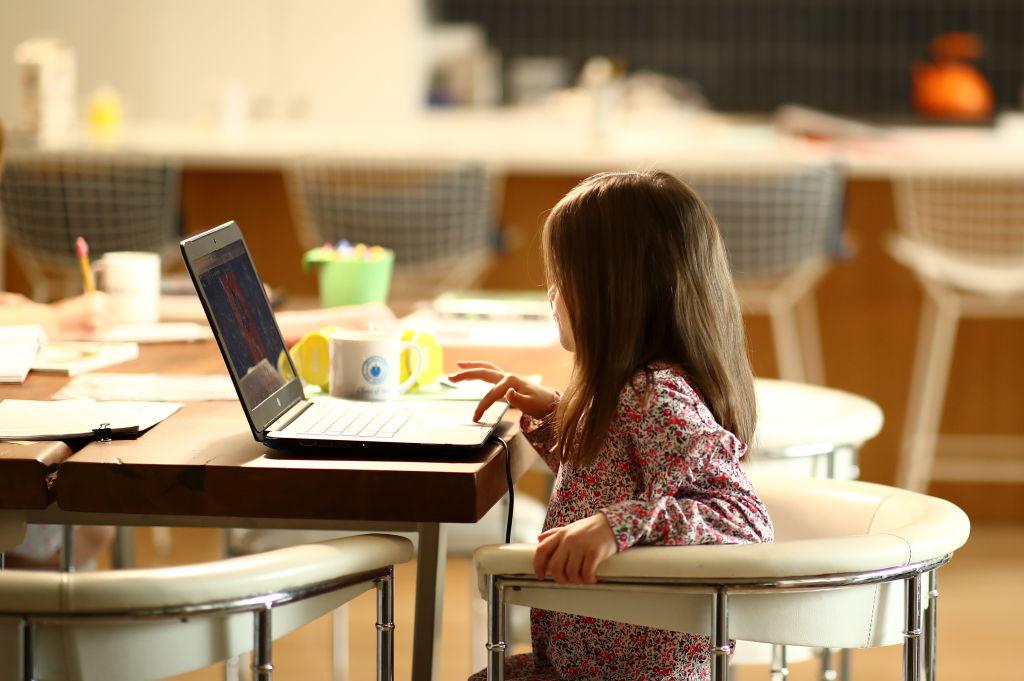The American Academy of Pediatrics (AAP) has called for all children to attend schools in-person this fall, arguing that it is essential for their development and well being.
The association has released a guide for school re-entry with an aim to support education and public health leadership and said it’s collaborating with schools to create policies for school re-entry to encourage the overall health of children, adolescents, and staff.
“Schools are fundamental to child and adolescent development and well-being and provide our children and adolescents with academic instruction, social and emotional skills, safety, reliable nutrition, physical/speech, and mental health therapy, and opportunities for physical activity, among other benefits,” the AAP wrote.

Guide for Re-entry
The pediatricians suggested some key principles policymakers should consider for school re-entry, noting that “school policies must be flexible and nimble in responding to new information.”“It is critically important to develop strategies that can be revised and adapted depending on the level of viral transmission in the school and throughout the community and done with close communication with state and/or local public health authorities and recognizing the differences between school districts, including urban, suburban, and rural districts,” said the AAP.
It stressed that policies must be practical, feasible, and appropriate and no child should be excluded from school unless it is required on medical grounds.
“School policies should be guided by supporting the overall health and well-being of all children, adolescents, their families, and their communities. These policies should be consistently communicated in languages other than English, if needed, based on the languages spoken in the community, to avoid marginalization of parents/guardians who are of limited English proficiency or do not speak English at all,” said AAP.
“Although children and adolescents play a major role in amplifying influenza outbreaks, to date, this does not appear to be the case with SARS-CoV-2. Although many questions remain, the preponderance of evidence indicates that children and adolescents are less likely to be symptomatic and less likely to have severe disease resulting from SARS-CoV-2 infection,” said the doctors.





